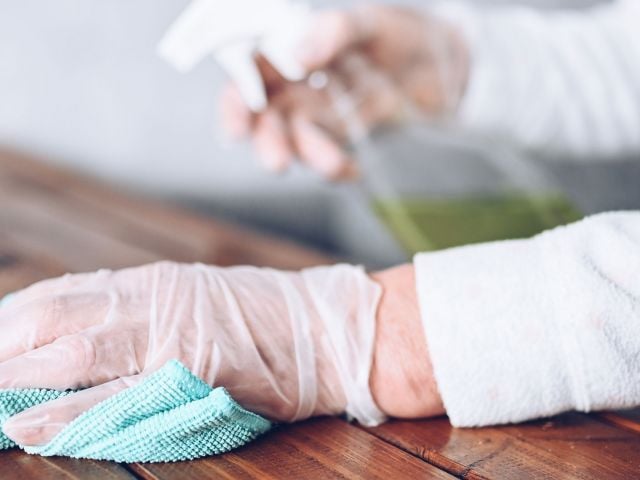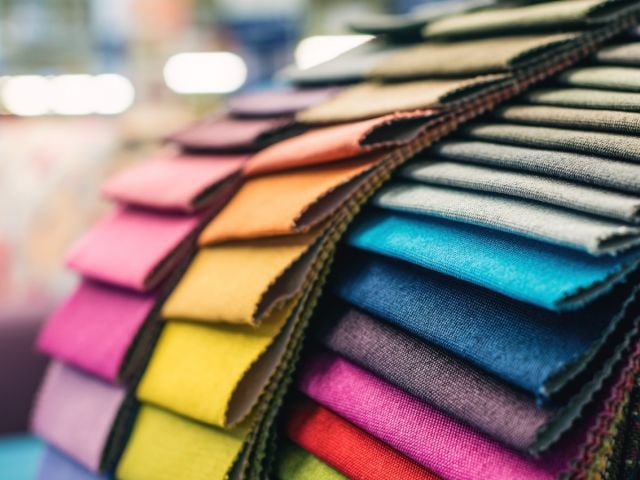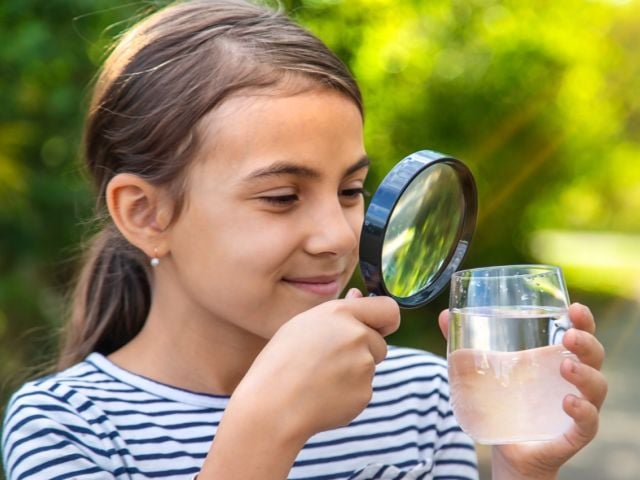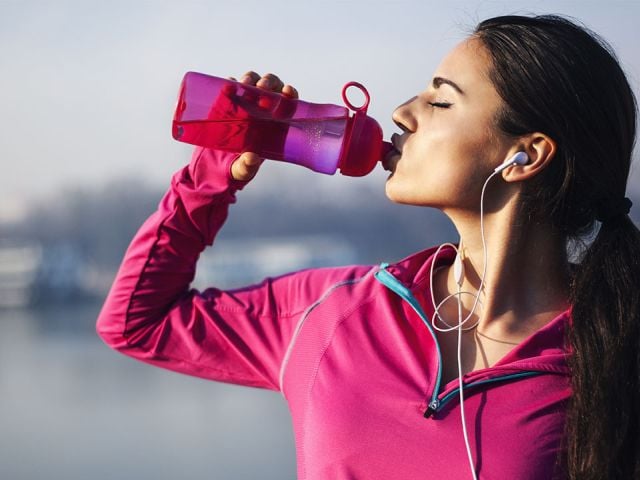It should be easy to choose toxic-free, safe products
From your cell phone to your cookware, toxic ingredients may be in more of your favorite products than you realize. The challenge? Finding answers so you know what’s in the products you love.
That’s where EWG comes in.
Avoiding possible hazards in the products you buy for your child? Searching for safe, effective sunscreen? Trying to reduce exposure to cell phone radiation?
We give you the tools and resources to make better choices for everyday decisions.







